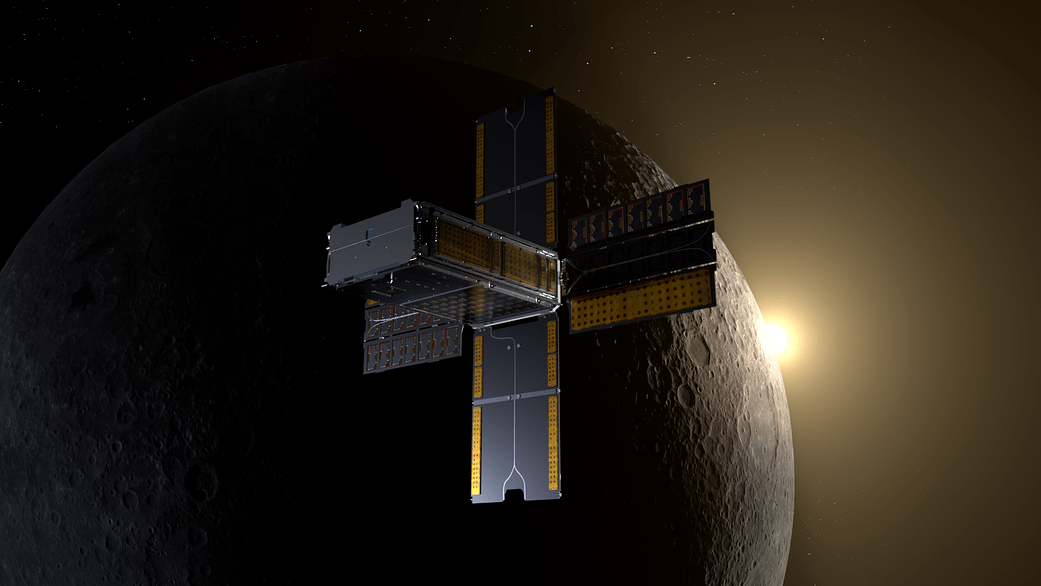Launch Services Program Upcoming Missions
COSI
COSI (Compton Spectrometer and Imager) is a wide-field gamma-ray telescope that will study energetic phenomena in the Milky Way and beyond, including the creation and destruction of matter and antimatter and the final stages of the lives of stars.
Learn More About COSI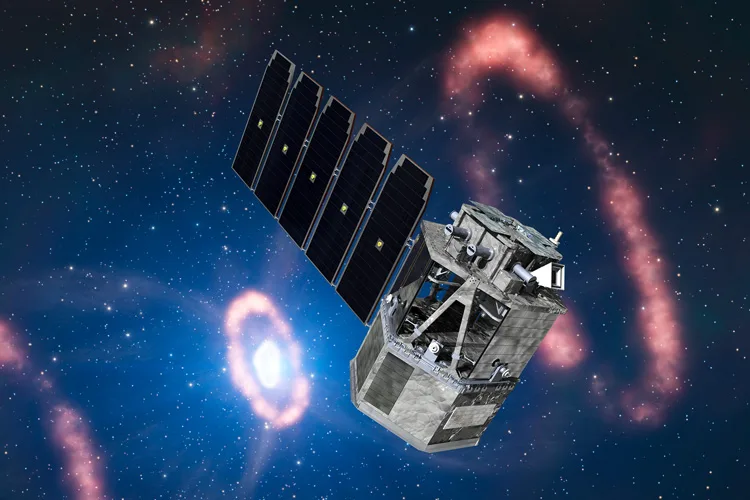
ESCAPADE
The two ESCAPADE (Escape and Plasma Acceleration and Dynamics Explorers) spacecraft will study the transfer of solar wind energy and momentum through Mars’ unique hybrid magnetosphere.
Learn More About ESCAPADE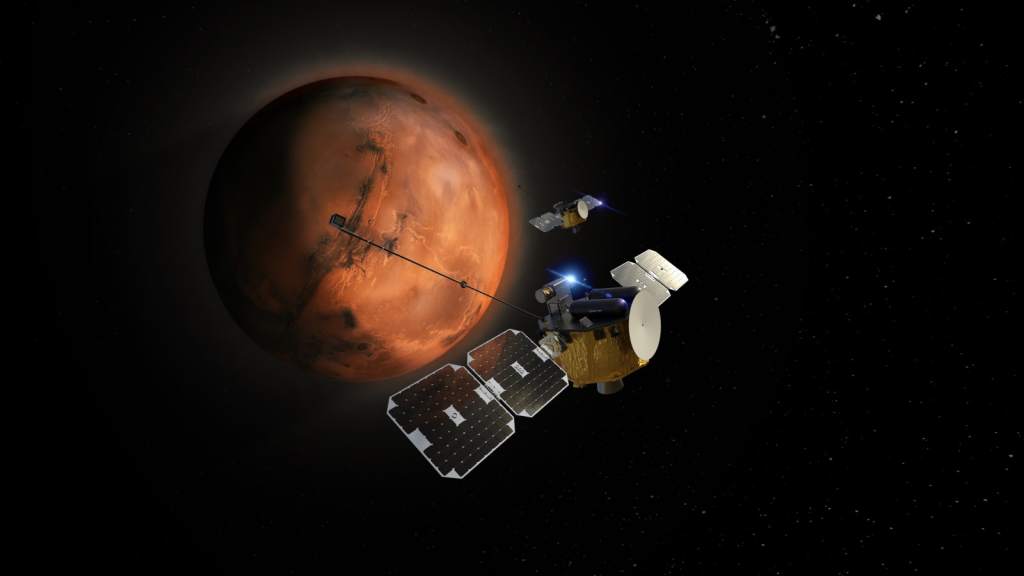
IMAP
The IMAP (Interstellar Mapping and Acceleration Probe) mission will help researchers better understand the boundary of the heliosphere.
Learn More About IMAP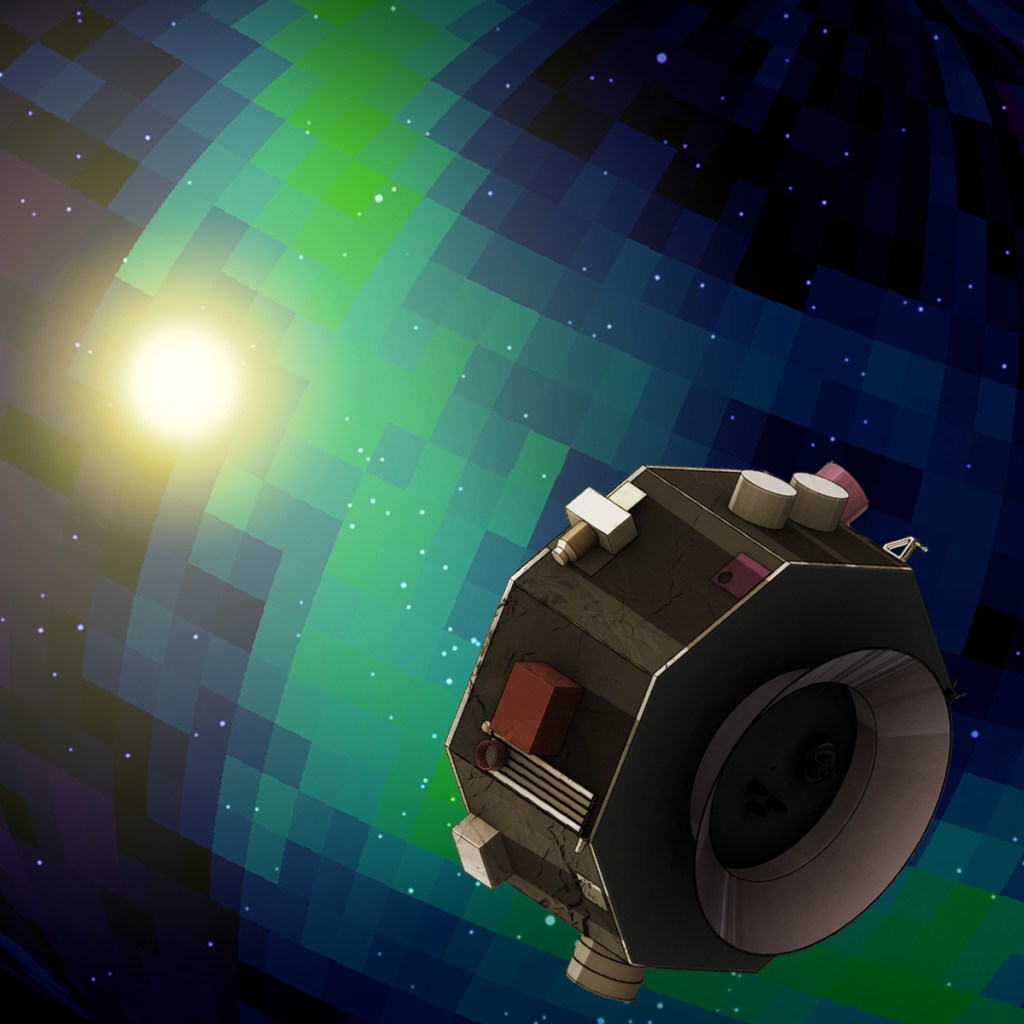
JPSS-4
JPSS (Joint Polar Satellite System) is the nation's advanced series of polar-orbiting environmental satellites. NOAA's JPSS-4 will be the next JPSS satellite to launch.
Learn More About JPSS-4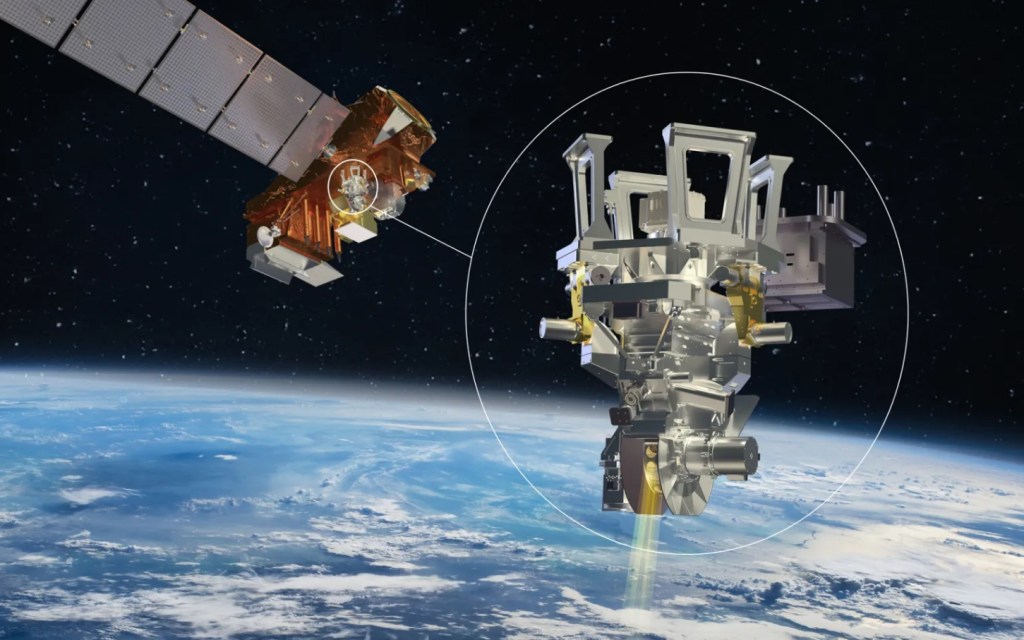
Nancy Grace Roman Space Telescope
The Nancy Grace Roman Space Telescope is a next-generation observatory that will answer pressing cosmic questions.
Learn More About The Nancy Grace Roman Space Telescope
PPE and HALO
The Power and Propulsion Element (PPE) and Habitation and Logistics Outpost (HALO) will be critical to Gateway, the agency's lunar outpost.
Learn More About PPE And HALO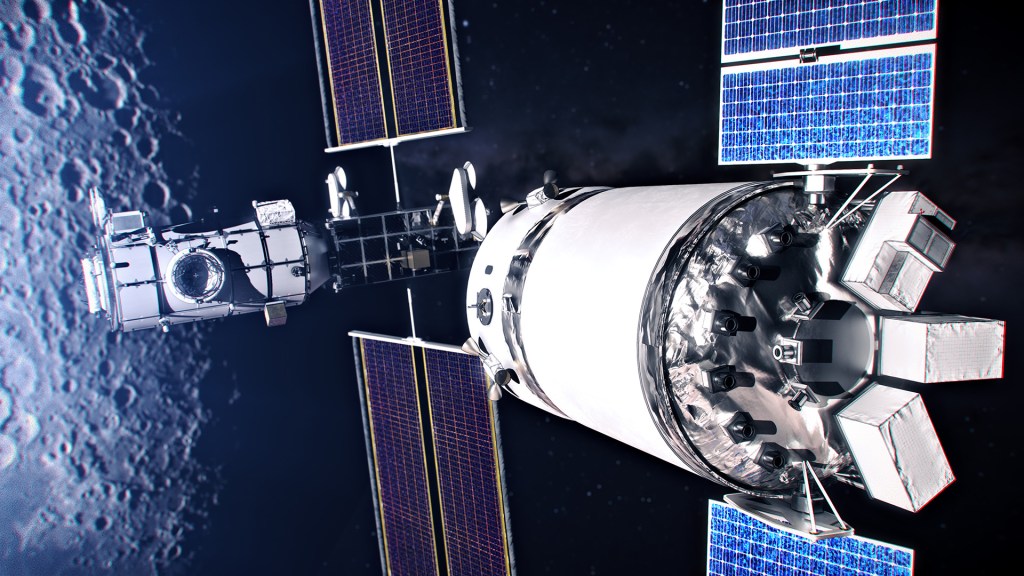
Sentinel-6B
The second of two identical satellites, with the first launched November 21, 2020 (Sentinel-6 Michael Freilich), Jason-CS (Jason Continuity of Service)/Sentinel-6 will ensure continuity of sea level observations into a fourth decade.
Learn More About Sentinel-6B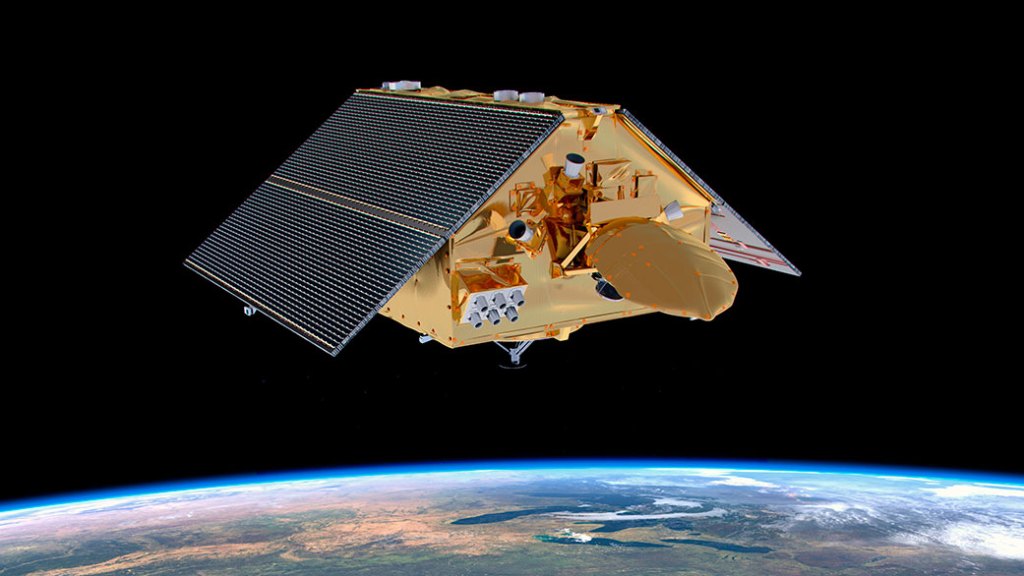
SPHEREx
The Spectro-Photometer for the History of the Universe, Epoch of Reionization and Ices Explorer (SPHEREx) mission will provide the first all-sky spectral survey. Over a two-year planned mission, the SPHEREx Observatory will collect data on more than 300 million galaxies along with more than 100 million stars in the Milky Way in order to explore the origins of the universe.
Learn More About SPHEREx




























